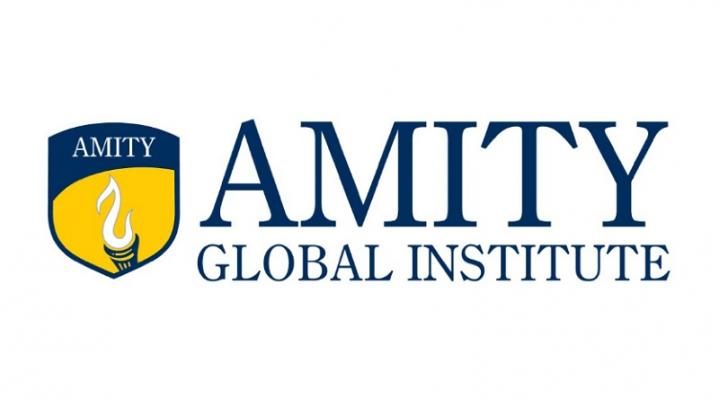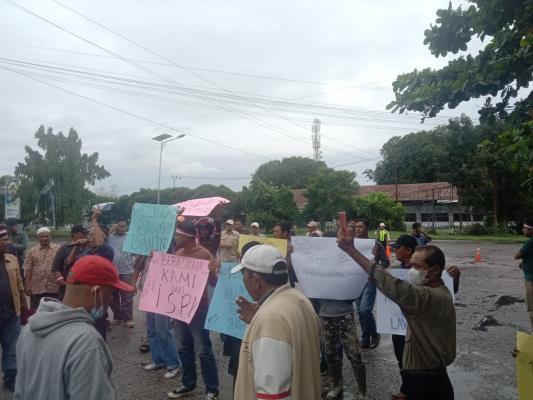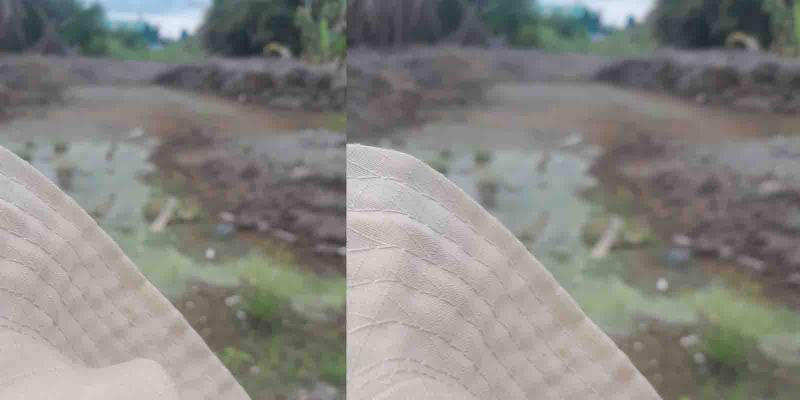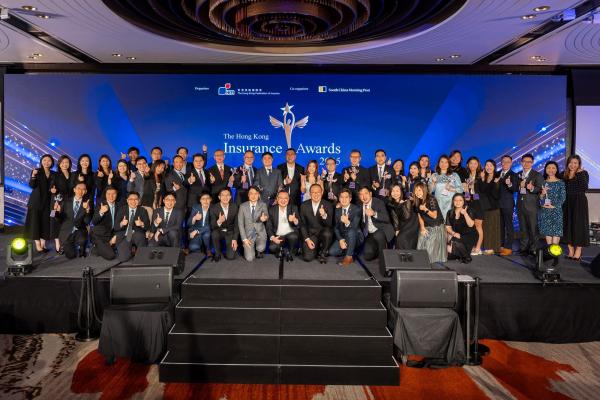- Home
- MediaOutReach
- CGTN: China, ASEAN join hands to write new chapter in regional integration
CGTN: China, ASEAN join hands to write new chapter in regional integration
Rabu, 29 Oktober 2025 | 08:19

BEIJING, CHINA -
Media OutReach Newswire - 28 October 2025 -
CGTN published an article about Chinese Premier Li Qiang attending a
series of leaders' meetings on East Asian cooperation. Highlighting the
successful partnership between China and ASEAN and the planned upgrade
of the China-ASEAN Free Trade Area, the article emphasized that the
China-ASEAN relationship has become the most successful and vibrant
cooperation model in the Asia-Pacific and a prime example of building a
community with a shared future for humanity.
As Chinese and the Association of Southeast Asian Nations (ASEAN) leaders gather in Kuala Lumpur, Malaysia, a planned upgrade of the China-ASEAN Free Trade Area comes into the spotlight. This year, the two sides will formally sign the China-ASEAN Free Trade Area (CAFTA) 3.0 Upgrade Protocol to advance regional economic integration and global trade.
Since its launch in 2010, CAFTA has promoted the deep integration of the China-ASEAN economic and trade cooperation, injecting strong momentum into regional economic stability and growth and bringing tangible benefits to the people.
The China-ASEAN relationship has grown into the most successful and vibrant model for cooperation in the Asia-Pacific and an exemplary effort in building a community with a shared future for humanity, Chinese President Xi Jinping once stressed.
As each other's largest trading partners for the fifth consecutive year, China and ASEAN have achieved numerous milestones amid rising external uncertainties.
Addressing the fifth Regional Comprehensive Economic Partnership (RCEP) Leaders' Meeting in Kuala Lumpur on Monday, Chinese Premier Li Qiang said China will continue to support ASEAN centrality and, together with all parties, safeguard the stability of the regional multilateral trading system, calling for achieving more practical outcomes in RCEP cooperation and creating a bright future of shared prosperity.
Expanded cooperation
In recent years, under the strategic guidance of leaders from both sides, China and ASEAN countries have deepened practical cooperation across various fields. Economic and trade exchanges have maintained strong momentum, with trade volume and investment cooperation continuing to expand.
Bilateral trade value has soared from less than $8 billion in 1991 to nearly one trillion dollars in 2024. In the first three quarters of this year, China's total imports and exports with ASEAN were valued at 5.57 trillion yuan (about $785 billion), an increase of 9.6 percent year on year.
With platforms such as the China-ASEAN Expo and the China International Import Expo, specialty products from ASEAN countries, including Cambodian rice, Thai latex pillows and Lao beer, have continued to enter the Chinese market. Meanwhile, Chinese products such as new energy vehicles, machinery equipment and electronic appliances have also made their way into ASEAN countries.
Numerous infrastructure projects, such as the Jakarta-Bandung High-Speed Railway and the China-Laos Railway, are having a positive impact across the region, enhancing connectivity and reducing logistics costs.
Openness and cooperation are valuable experiences explored and accumulated through practice and should be cherished and carried forward at all times, Li said during the 28th ASEAN Plus Three Summit in Malaysia.
Deeper regional integration
Standing at a new starting point, the region is broadening collaboration on infrastructure, digital and green transition, trade facilitation and people-to-people exchanges, paving the way for deeper regional integration. Notably, emerging fields such as digital economy, artificial intelligence, electric vehicles and clean energy are adding to the mutually beneficial cooperation between China and ASEAN.
In Vietnam, Chinese-made agricultural drones are helping farmers spray pesticide, making their work easier and safer. Meanwhile, at Laem Chabang port in Thailand, China's electric and self-driving trucks have become reliable partners for the port workers. In Indonesia, the Cirata floating solar power plant, built by a Chinese company, has boosted the country's renewable energy supply.
According to China's Ministry of Commerce, CAFTA 3.0 will introduce nine new chapters, covering areas such as the digital economy, the green economy and supply chain connectivity. These new chapters are expected to help China and ASEAN promote broader and deeper regional economic integration under new circumstances and facilitate the integration of their industrial and supply chains.
Li urged continued commitment to resolving differences through dialogue and consultation, upholding free trade and the multilateral trading system, opposing all forms of protectionism, and steadily advancing regional economic integration.
For more information, please click:
https://news.cgtn.com/news/2025-10-27/China-ASEAN-join-hands-to-write-new-chapter-in-regional-integration-1HOH4LtABXi/p.html
As Chinese and the Association of Southeast Asian Nations (ASEAN) leaders gather in Kuala Lumpur, Malaysia, a planned upgrade of the China-ASEAN Free Trade Area comes into the spotlight. This year, the two sides will formally sign the China-ASEAN Free Trade Area (CAFTA) 3.0 Upgrade Protocol to advance regional economic integration and global trade.
Since its launch in 2010, CAFTA has promoted the deep integration of the China-ASEAN economic and trade cooperation, injecting strong momentum into regional economic stability and growth and bringing tangible benefits to the people.
The China-ASEAN relationship has grown into the most successful and vibrant model for cooperation in the Asia-Pacific and an exemplary effort in building a community with a shared future for humanity, Chinese President Xi Jinping once stressed.
As each other's largest trading partners for the fifth consecutive year, China and ASEAN have achieved numerous milestones amid rising external uncertainties.
Addressing the fifth Regional Comprehensive Economic Partnership (RCEP) Leaders' Meeting in Kuala Lumpur on Monday, Chinese Premier Li Qiang said China will continue to support ASEAN centrality and, together with all parties, safeguard the stability of the regional multilateral trading system, calling for achieving more practical outcomes in RCEP cooperation and creating a bright future of shared prosperity.
Expanded cooperation
In recent years, under the strategic guidance of leaders from both sides, China and ASEAN countries have deepened practical cooperation across various fields. Economic and trade exchanges have maintained strong momentum, with trade volume and investment cooperation continuing to expand.
Bilateral trade value has soared from less than $8 billion in 1991 to nearly one trillion dollars in 2024. In the first three quarters of this year, China's total imports and exports with ASEAN were valued at 5.57 trillion yuan (about $785 billion), an increase of 9.6 percent year on year.
With platforms such as the China-ASEAN Expo and the China International Import Expo, specialty products from ASEAN countries, including Cambodian rice, Thai latex pillows and Lao beer, have continued to enter the Chinese market. Meanwhile, Chinese products such as new energy vehicles, machinery equipment and electronic appliances have also made their way into ASEAN countries.
Numerous infrastructure projects, such as the Jakarta-Bandung High-Speed Railway and the China-Laos Railway, are having a positive impact across the region, enhancing connectivity and reducing logistics costs.
Openness and cooperation are valuable experiences explored and accumulated through practice and should be cherished and carried forward at all times, Li said during the 28th ASEAN Plus Three Summit in Malaysia.
Deeper regional integration
Standing at a new starting point, the region is broadening collaboration on infrastructure, digital and green transition, trade facilitation and people-to-people exchanges, paving the way for deeper regional integration. Notably, emerging fields such as digital economy, artificial intelligence, electric vehicles and clean energy are adding to the mutually beneficial cooperation between China and ASEAN.
In Vietnam, Chinese-made agricultural drones are helping farmers spray pesticide, making their work easier and safer. Meanwhile, at Laem Chabang port in Thailand, China's electric and self-driving trucks have become reliable partners for the port workers. In Indonesia, the Cirata floating solar power plant, built by a Chinese company, has boosted the country's renewable energy supply.
According to China's Ministry of Commerce, CAFTA 3.0 will introduce nine new chapters, covering areas such as the digital economy, the green economy and supply chain connectivity. These new chapters are expected to help China and ASEAN promote broader and deeper regional economic integration under new circumstances and facilitate the integration of their industrial and supply chains.
Li urged continued commitment to resolving differences through dialogue and consultation, upholding free trade and the multilateral trading system, opposing all forms of protectionism, and steadily advancing regional economic integration.
For more information, please click:
https://news.cgtn.com/news/2025-10-27/China-ASEAN-join-hands-to-write-new-chapter-in-regional-integration-1HOH4LtABXi/p.html
BERITA LAINNYA

Rabu, 29 Oktober 2025 | 13:24
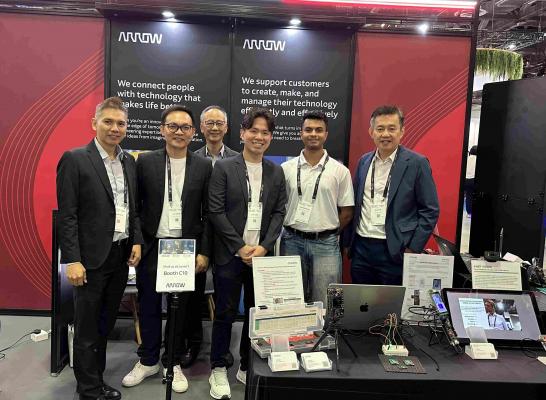
Rabu, 29 Oktober 2025 | 13:23

Rabu, 29 Oktober 2025 | 13:22
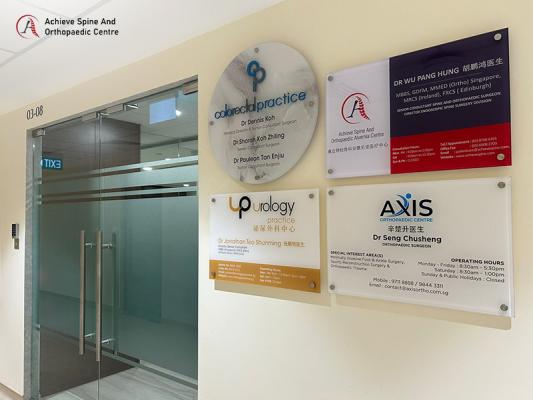
Rabu, 29 Oktober 2025 | 13:21

Rabu, 29 Oktober 2025 | 13:18
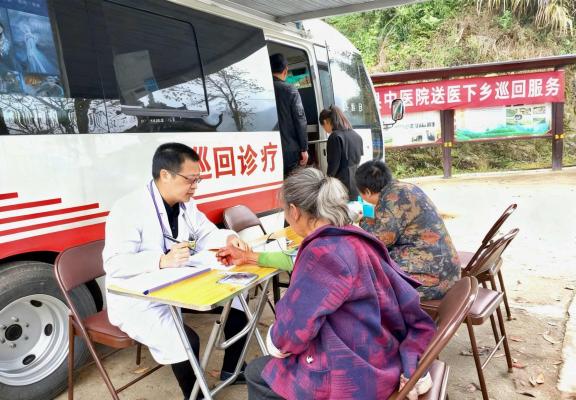
Rabu, 29 Oktober 2025 | 08:31
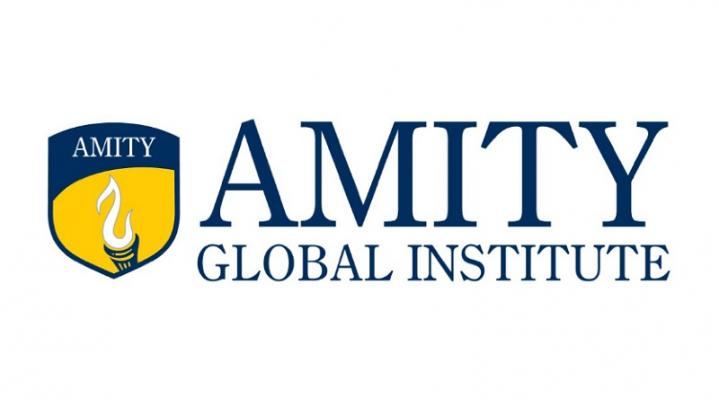
Rabu, 29 Oktober 2025 | 08:30
Rabu, 29 Oktober 2025 | 08:30

Rabu, 29 Oktober 2025 | 08:29

Rabu, 29 Oktober 2025 | 08:28
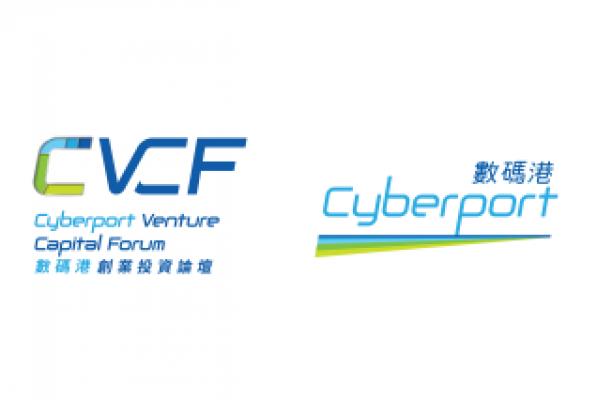
Rabu, 29 Oktober 2025 | 08:27









